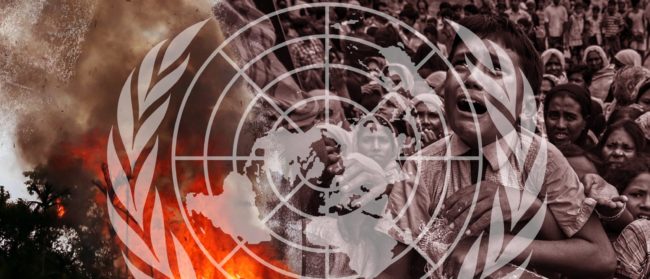Editor’s note: This week, Cambodia has come together in mourning for the deaths of 28 people trapped in the wreckage of an illegal development in the coastal city in Sihanoukville. The collapse came at the height of more than a decade of unchecked and often unregulated development along Cambodia’s coast as international investors raised up scores of hotels and casinos on land rented from local landowners. In August 2008, Southeast Asia Globe investigated the scramble for Sihanoukville’s ever-more-valuable land as Russian oligarchs and local tycoons alike carved up Cambodia’s coast in the hopes of raking in major profits – often at the local people’s expense. Now, for the first time, you can read that story online.
Sang Run, his hair stiff with sea salt, chugs out into the Gulf of Kompong Som in his weather-beaten turquoise boat, looking for blackling. He scours the shallows waiting for a shoal to appear, before skimming his net across the water. He does the same every day, taking his catch to auction in Cambodia’s southern port city of Sihanoukville.
It looks like a scene Sang Run was born into. But 20 years ago the beach was deserted and he was a schoolteacher in Mondulkiri, a forested province hundreds of miles away in the east of the country. He had never before seen the sea – nor had any of the group who today gather around his silvery haul flapping in the sand on Independence Beach. Former nurse Srey Pov, who runs a Khmer restaurant along the beach, also came from a province many miles away.
Cambodia is a country whose citizens mostly do not belong to the places where they have ended up. The Khmer Rouge saw to that, eviscerating the Kingdom after coming to power. Worst hit was the eastern zone, bordering Vietnam, where Sang Run came from. Its people were derided as “duck’s arses with chicken’s heads” as the Khmer Rouge grew to mistrust the Vietnamese and accused Mondulkiri people of being disloyal. The wave of random violence and retribution that scythed through the countryside for three years, eight months and 21 days killed one in five of the population.
All I’ve got left is the chairs and tables”
Former restaurant owner Srey Pov
Sang Run’s family vanished, but he survived and found his way, like thousands of others, to Cambodia’s 300-mile long shoreline. Survivors began to build new lives there. Some took boats to a nearby archipelago of 22 coral-fringed, uninhabited islands, building up clusters of villages on atolls with names such as Rabbit, Snake and Turtle.
By 2006 these communities had schools, political representation, and many householders even had papers, stamped by the Sihanoukville governor, Say Hak, which promised them the permanent right to stay. The central government in Phnom Penh had in the 1990s designated the entire coast and its islands as state public land that could not be bartered or developed.
Then, during the past couple of years, a disturbing wave of rumours swept the coastal communities. Sang Run says that in September 2006 he heard that Snake Island, half a mile out to sea, had been secretly sold to Russians. Shortly after the Khmer Rouge lost power in 1985, frenzied land-grabbing began: influential politicians and wealthy businessmen raced to claim land that the Khmer Rouge had seized, gobbling up such large chunks of the cities, forests and paddy fields that Cambodians used to say the rich were eating the country. By 2006, the World Bank estimated that 40,000 had been made homeless in Phnom Penh alone.
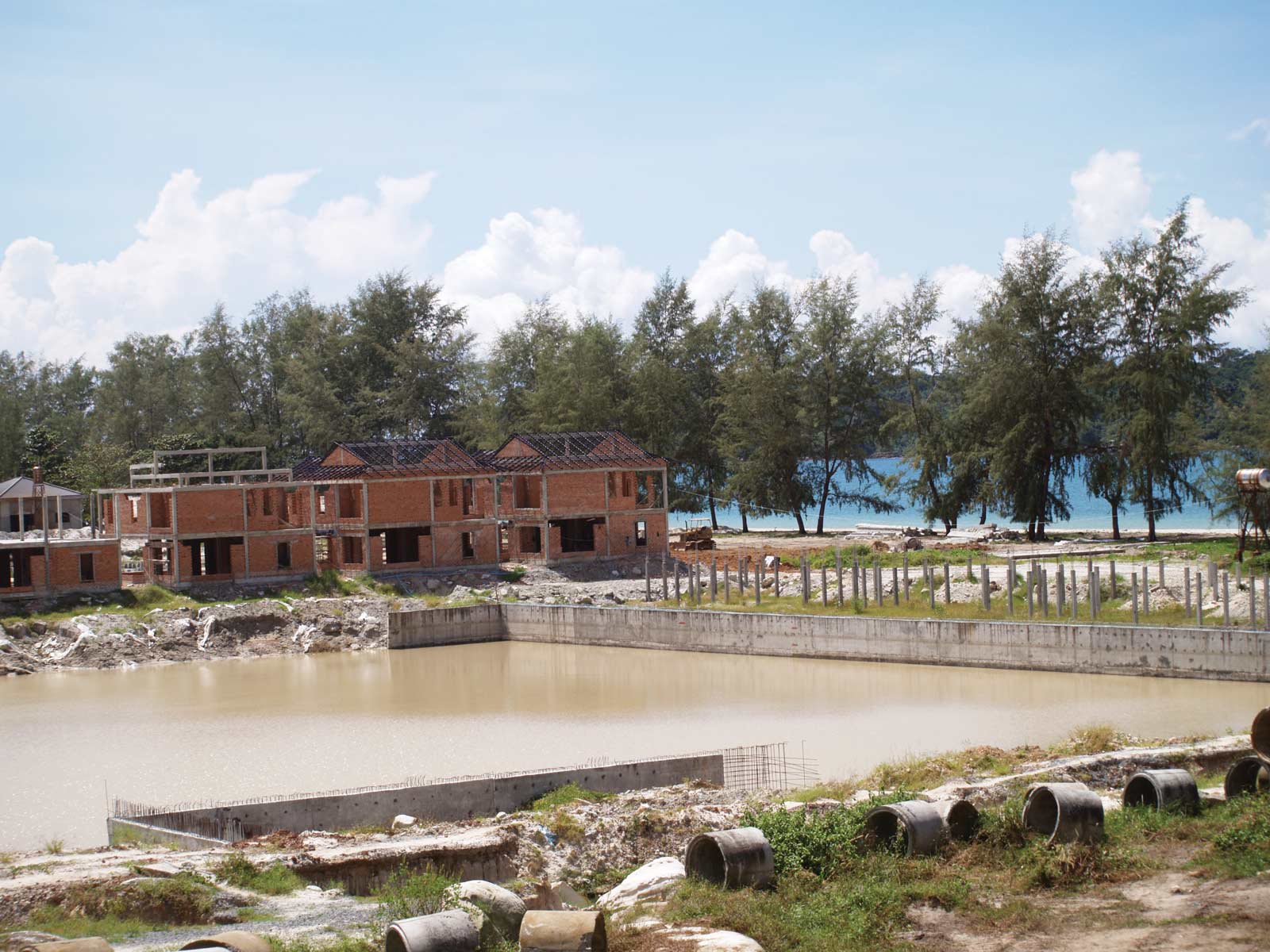
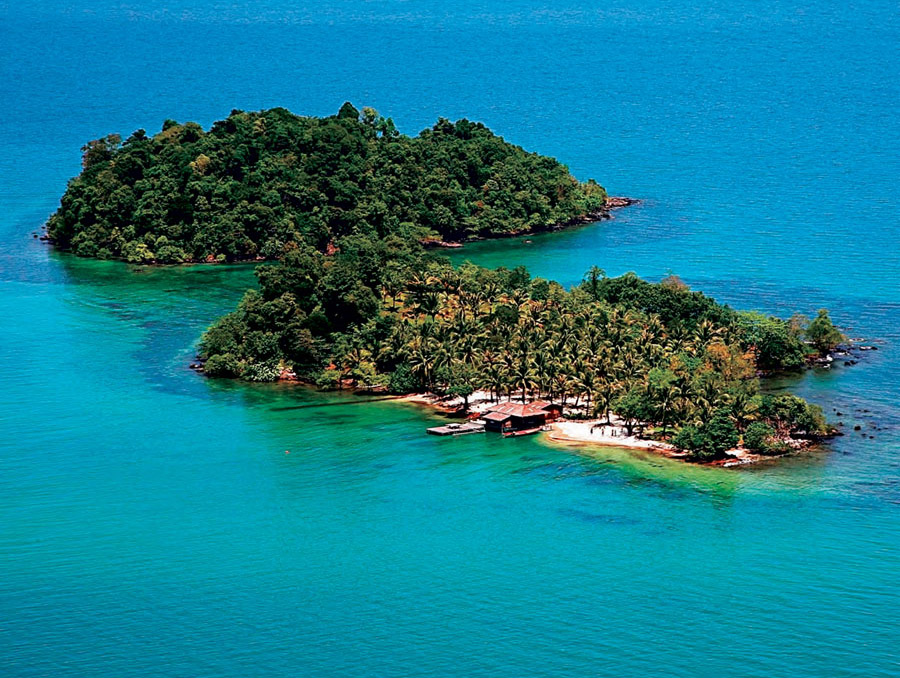
Three months later, Sang Run was out in his boat at 7am when disaster struck his village. He arrived at 11am to find bulldozers had flattened his home and those of the 229 families who lived beside him. Uniformed men, sent in by governor Say Hak, used electric batons to chase terrified residents from the burning ruins; three of Sang Run’s neighbours were knocked unconscious.
Over the following months, Koh Russei and Koh Ta Kiev, Koh Bong and Koh Ouen, Koh Preus, Koh Krabei and Koh Tres were all snapped up by foreigners, who then started negotiating for mainland sites, too, among them public beaches with names such as Serendipity, Occheuteal and Otres. In February, 47-year-old Srey Pov was also evicted, her Independence Beach restaurant shut down to make way for another rumoured hotel. “All I’ve got left is the chairs and tables,” she says – they’re stacked up in the cramped living room of her Sihanoukville home. Former farmer Soch Tith, on Koh Rong, was the last to hear that last month his island had been sold, too, to a British developer.
We were dirt. And suddenly we were gold”
Brett Sciaroni, Cambodia-based lawyer
What none of these people knew was that the kingdom of Cambodia, a precarious debtor-nation underpinned by more than $1 billion of handouts from the international community, had found itself to be a refuge for cash and speculators fleeing paralysed western financial markets.
“Only recently, nobody would touch us,” Brett Sciaroni, a Phnom Penh-based US lawyer who acts for many new western investors, tells us. “We were dirt. And suddenly we were gold.” John Brinsden, a British banker, now vice chairman of Cambodia’s national Acleda Bank, agrees: “In 2001, only 200 people came to the government’s investment conference. At our most recent, we ran out of chairs.”
In July 2007, the government changed the designation of the southern islands so they could be sold. Arguing that Cambodia could become a tourist magnet to challenge Thailand, there was a fire sale of mainland beaches. By March this year, virtually all Cambodia’s accessible and sandy coast was in private hands, either Cambodian or foreign. Those who lived or worked there were turfed out – some jailed, others beaten, virtually all denied meaningful compensation. All that was known was that more than $2 billion in foreign finance found its way into the country in 2007, a 1,500% increase over the previous four years.
Today more than 150,000 people are threatened with eviction. Vast tracts of the country’s landmass have been sold off – from the land ringing Angkor Wat to the colonial buildings of Phnom Penh to the southwestern islands.
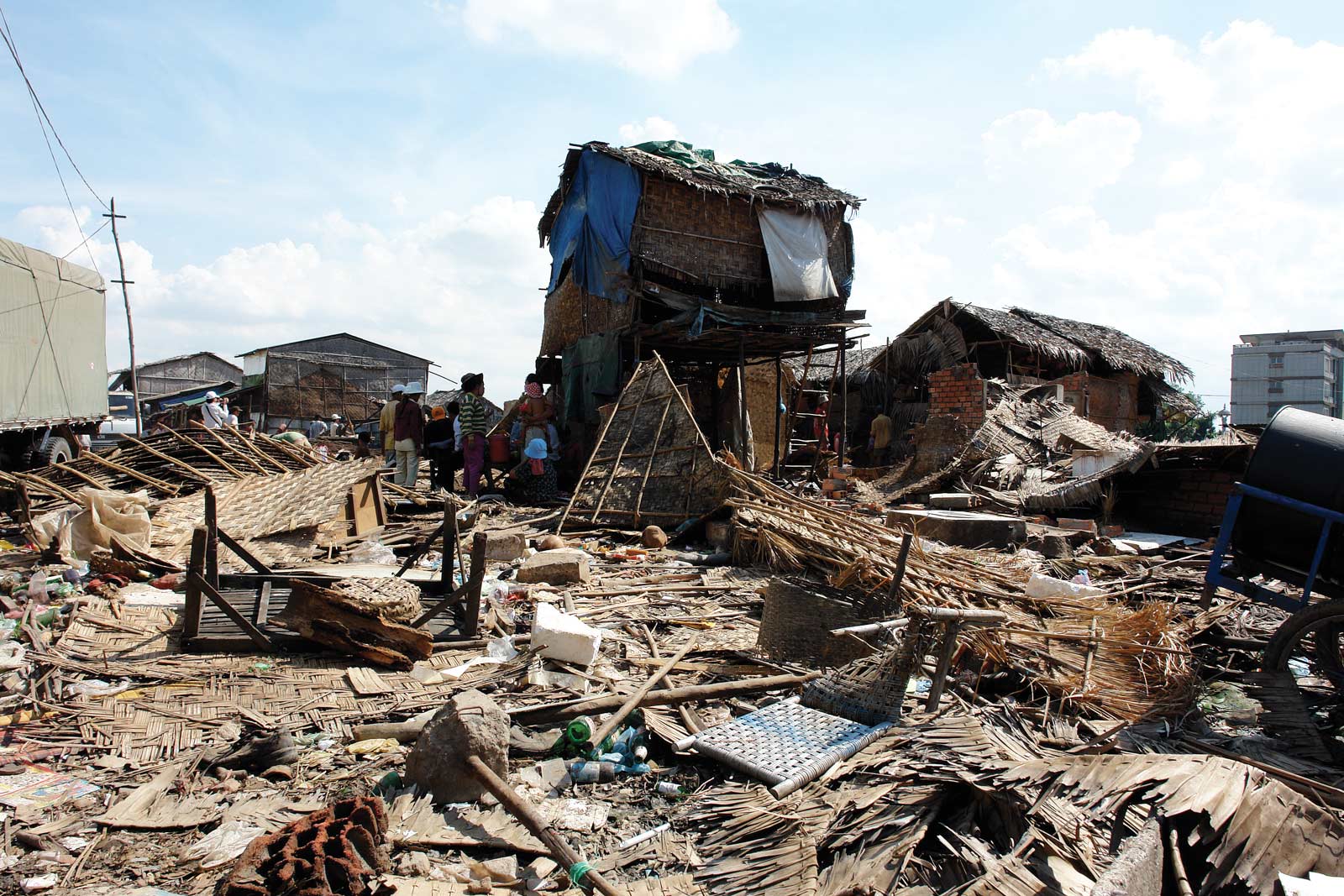
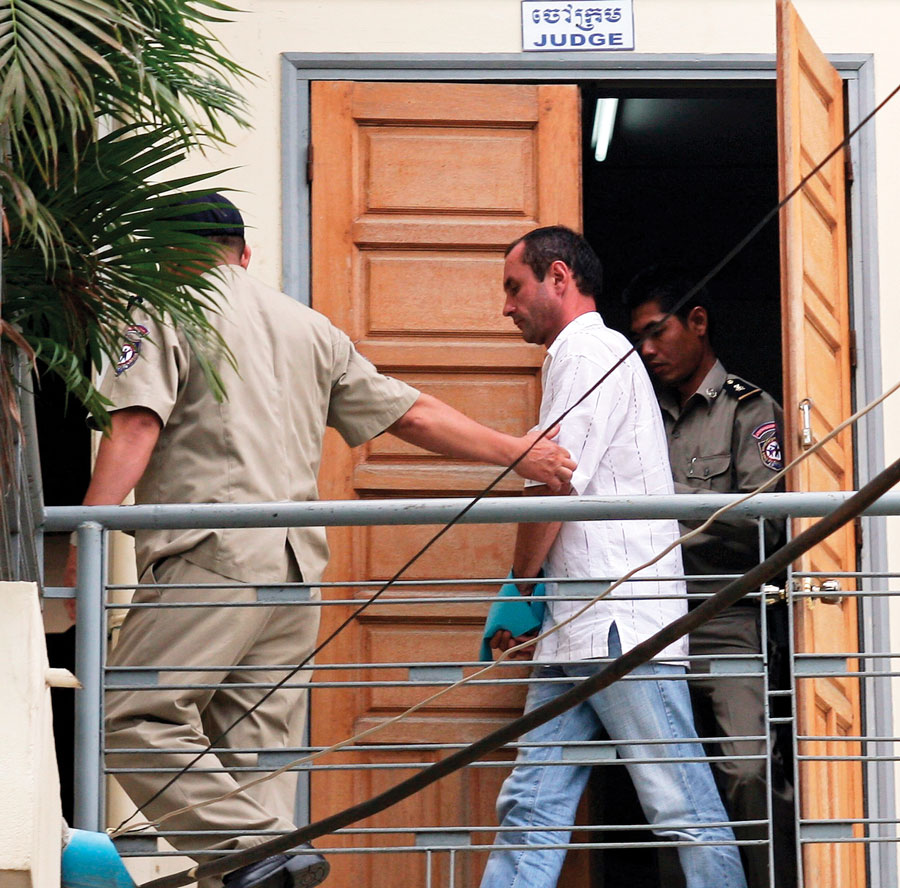
In September 2006, a Russian investor living in Phnom Penh wanted to buy an island. Alexander Trofimov created a Cambodian shell company to buy Koh Puos, or Snake Island. With cash apparently no object, he proposed to stunned government officials that he would link the island to a mainland beach – known as Hawaii – with a 900-metre suspension bridge. “He also asked to buy Hawaii beach,” the official who oversaw that meeting told us. “And we gave it to him.” No figures were published. The official claimed he didn’t know them.
It was enticing stuff for the government, although the project faltered when Trofimov was accused of having sex with underage girls and jailed this year. However, two more Russian businessmen seamlessly emerged to take up the reins, representing a Cypriot-holding company that, it later transpired, had owned the Koh Puos project from the start.
The investors could have sold up and come away rich. But this was development with a difference. They were speculating on the future value of the land, believing that by adding only modest infrastructure, perhaps attaching big-name hoteliers, they would reap vast profits in seven to ten years.
On the mainland, Sang Run returned to the beach to find his village in Sihanoukville destroyed to make way, supposedly, for a hotel. A few hotels have been built, but generally the sites remain empty. The Cambodian economy has grown by more than 24% over 18 months and land values have in some cases risen by more than 100%, so there are fortunes to be made from doing nothing but wait.
Australians Rory and Mel Hunter were some of the investors who made an attempt to incorporate into their plans the people whose land they were buying. An advertising executive, Rory had come to Cambodia to work for an agency in Phnom Penh. During a week-long vacation in 2006, he and his wife had set out on a diving trip around the Koh Rong archipelago and fell in love with the twin islands of Koh Bong and Koh Ouen, attached to one another by a coral reef and cupped in a shallow strait – they were known collectively as the Sweethearts. “We dreamed of a beautiful resort where people could immerse themselves in a new part of Asia,” Mel said.
They began negotiations with two village men to buy their houses and those owned by 60 other families. “They thought we were nuts,” Rory said. “The two head guys wanted $15,000 each. We agreed and signed the contract in a boat out in the strait. We helped take down their tin shacks, and slowly relocated all the families and their homes to Koh Rong, across the strait.” They worked for weeks to clear 20 years of debris, while beginning negotiations with the government to buy the islands.
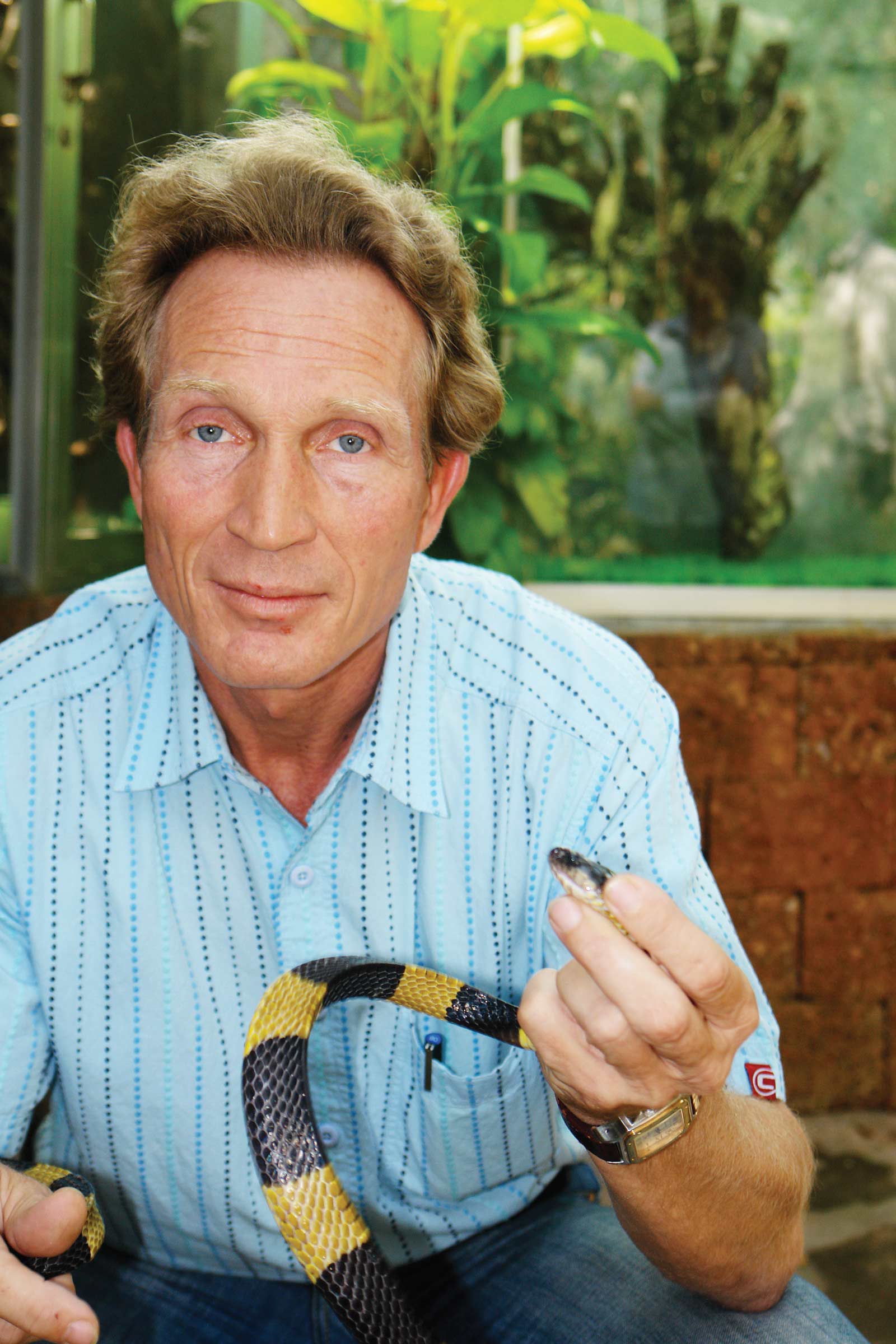
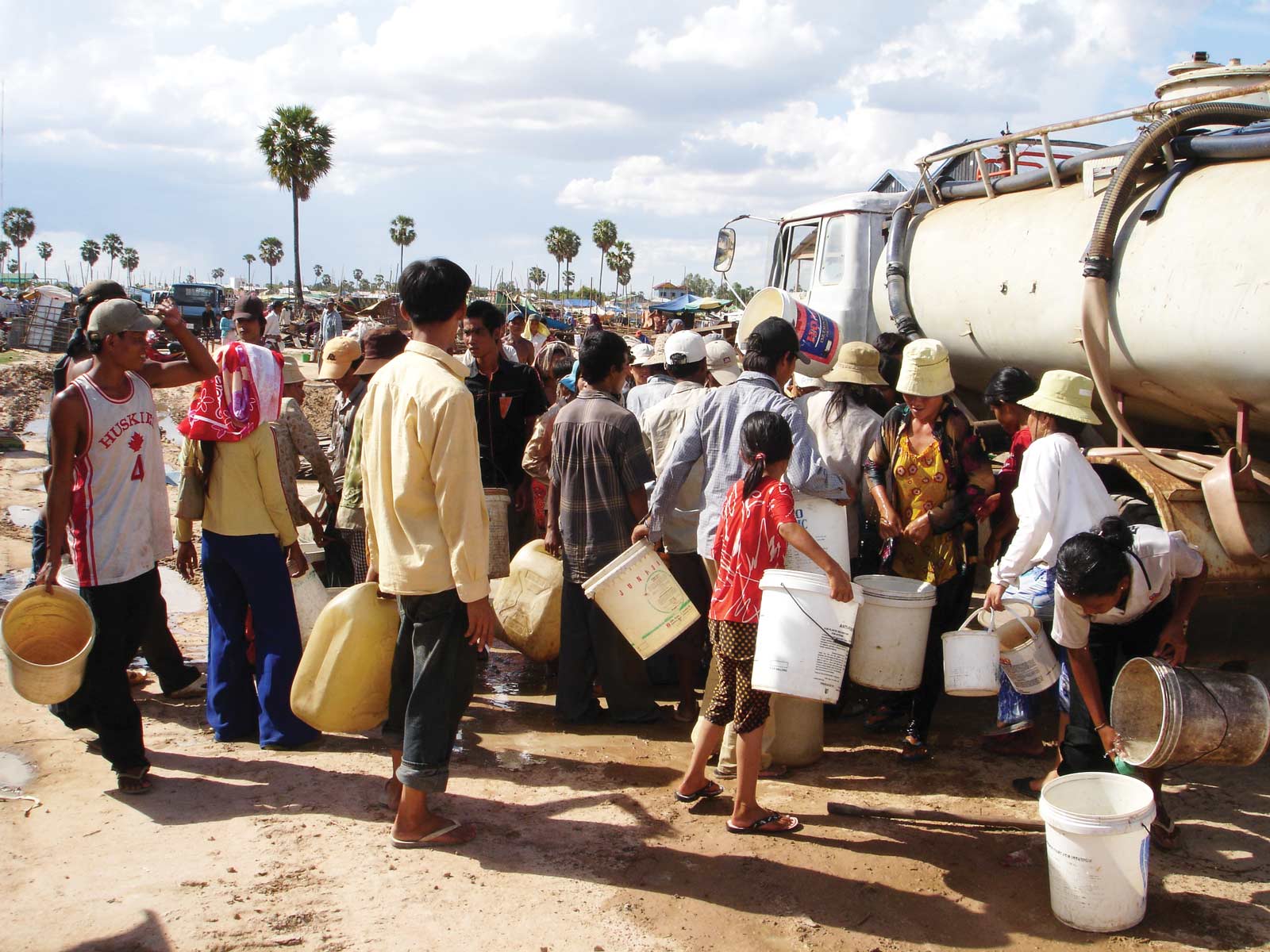
But the Hunters’ enterprise would soon be challenged by a cascade of deals involving neighbouring islands. While they worked on retraining local fishermen on neighbouring Koh Rong, British property developer Marty Kaye bought the ground from under their feet. He had spotted the island while planning an $1.6 billion luxury tourist development on a nearby Vietnamese island, Phu Quoc. He told us: “I was walking down the beach seeing where we were going to put the golf course and I spotted another island. Nobody knew what it was. We looked on Google Earth and it seemed to be Koh Rong, in adjacent Cambodia. I said ‘let’s see if we can get anywhere on Koh Rong, too’.
“Here was a chance to buy an undeveloped island almost as long as Hong Kong,” he said. “Nowhere else in the world could you create your own kingdom from scratch.” The Cambodian government gave him 18 months to produce more details, and he worked on an outline plan whose initial development would cost £100m.
When the government signed the deal, it made no mention of the census it had just carried out recording how many thousands of people (the government won’t reveal the figures) live on the 7,800-hectare island.
Kaye is not worried: “Two guys and a lawyer will see everyone. But what most of them don’t understand is that even if they have papers, they are not worth anything”.
Extreme violence, greed and disregard for the most basic human rights – of giving people a place to live – are still with us daily”
LICADHO director Naly Pilorge
It is an investment that gives the present residents of Koh Rong just over a year to make a solid case for keeping their homes or finding new ones. If they are evicted, places in the area to make a new home are becoming scarce. With all the big islands sold, even smaller outcrops have gone, including a clump of rocks known as Nail Island, bought by Uzbekistan entrepreneur Nikolaj Doroshenko, who has transformed it into a James Bond-style lair, complete with a giant glass-fibre shark that soars over the fortress-like construction. He already owns the Snakehouse in Sihanoukville, a restaurant stuffed with live snakes and a bar that advertises “swimming girls”.
Not wanting to be left out, Say Hak, Sihanoukville’s governor, acquired a small island for himself, on which he built a villa and jetty; while Sbaung Sarath, the wife of his deputy, bought half of Sihanoukville’s public Independence Beach in February 2008, evicting scores of families in the process. Among them was Srey Pov. She travelled to Phnom Penh with 27 other families to protest, but returned with nothing. “The developer issued a warning,” she says. “They threatened to pay the city authorities to get rid of us. We knew what that meant.”
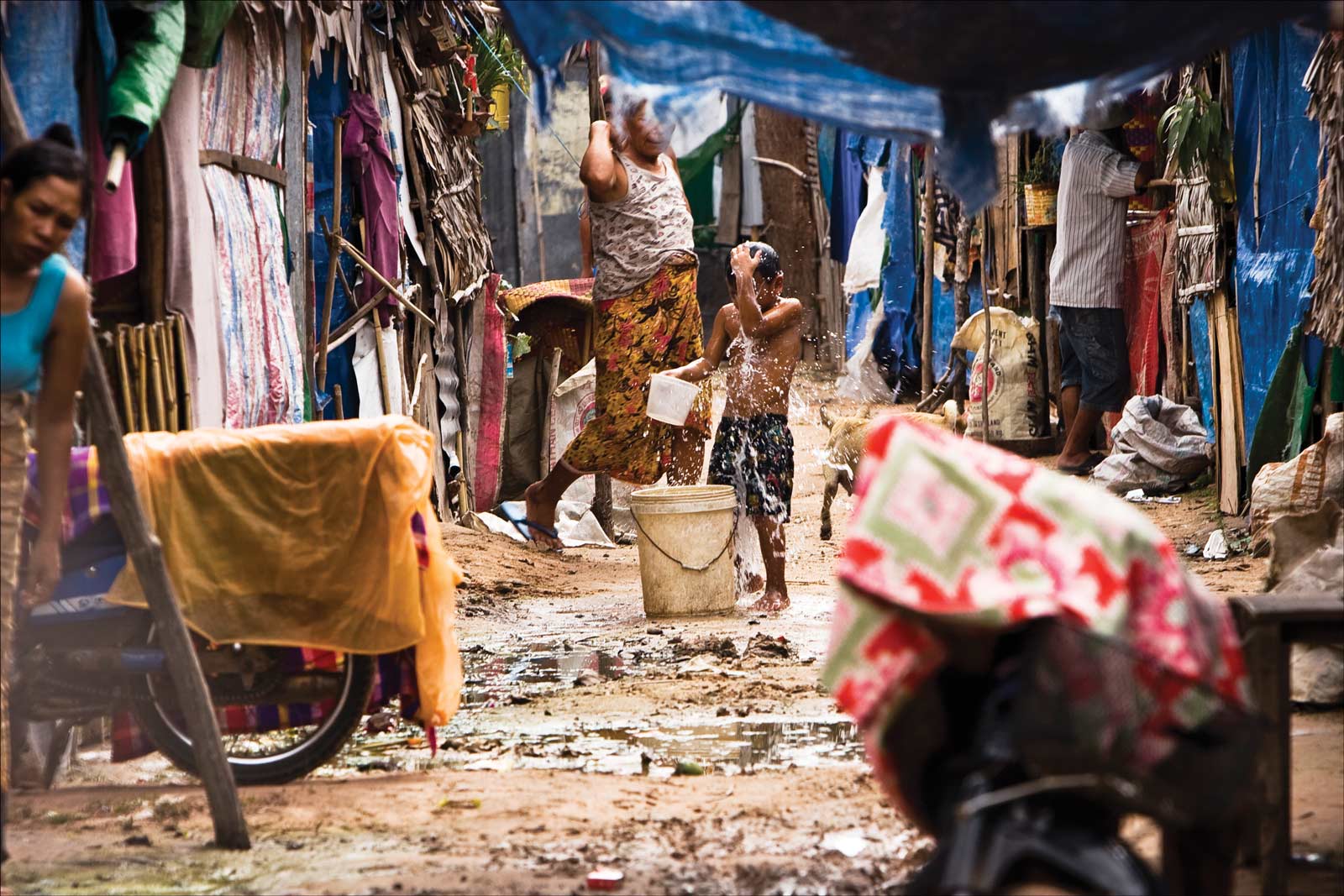
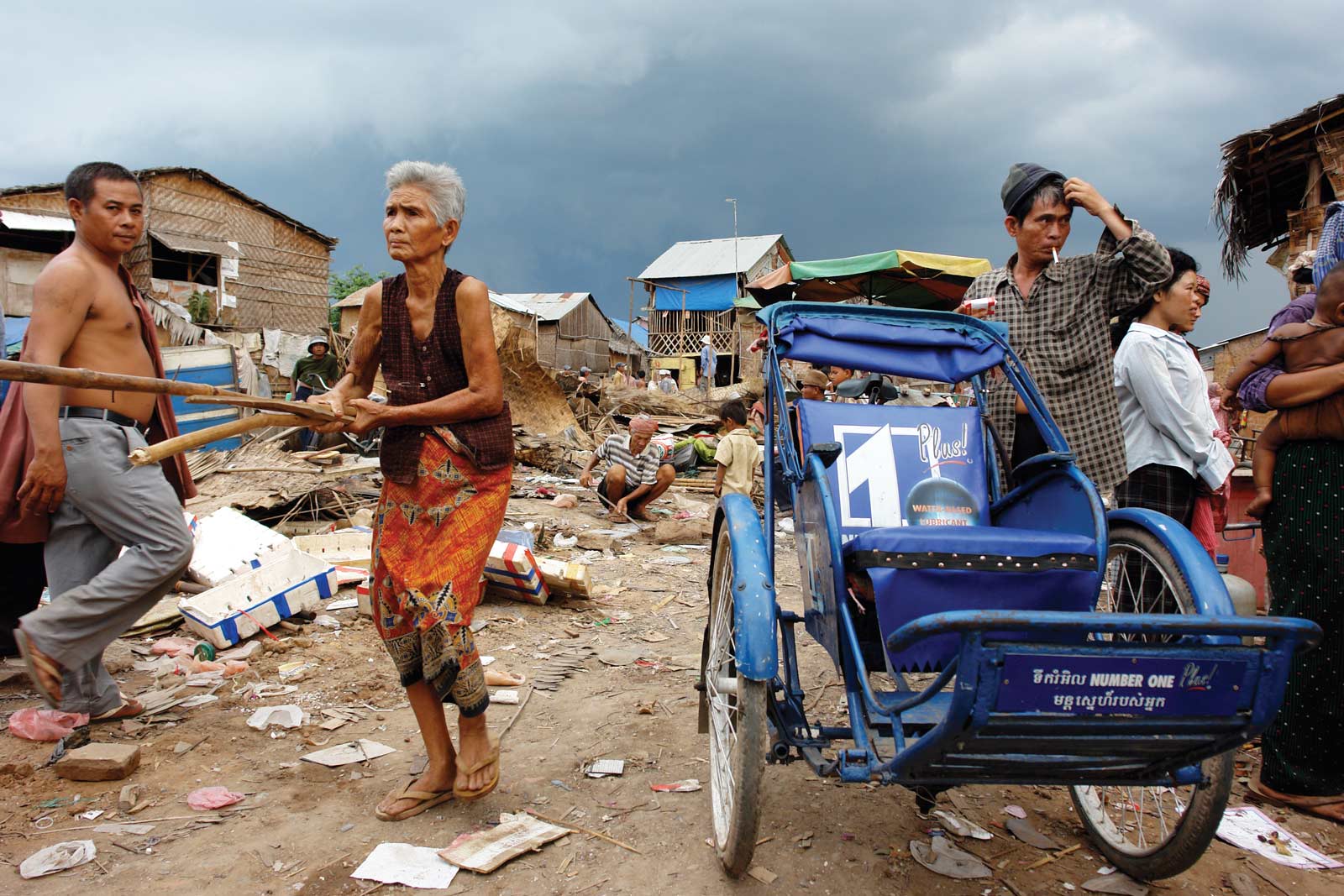
NGOs have been very critical of Say Hak for the evictions he has presided over as municipal governor, particularly the violent eviction of Mittapheap 4 more than one year ago, which was featured in Amnesty International’s February 2008 report on forced evictions in Cambodia. The eviction was ordered by Say Hak and carried out by Cambodian Armed Forces (RCAF), military police and local police. The families have since been living under tarpaulins supplied by NGOs on the side of the road next to the site of their former homes. Mittapheap 4 village remains empty and fenced off and has reportedly been sold since the eviction.
“This eviction was a gross violation of human rights and Governor Say Hak appears to be criminally liable for ordering it, said David Pred, Country Director of Bridges Across Borders.
Nobody can agree what impact the foreign land sales will have on the Cambodian economy because so little information is made public.
Everything comes down to how much money you have in your pocket, according to Doug Clayton, from Leopard Asia, a fund of Swiss and British bankers that is about to invest £25m in Cambodia. “This kind of money opens any door,” he says.
How does Clayton pitch investment in the country? “Candidly? In investment circles, nobody knows anything about this place. It’s off the radar. In our pitch I talk up the new economic figures. I talk up stability. When the dust settles, the government here will probably end up looking something like the one in Singapore.” What will this mean for people such as Sang Run, has the legacy of the Khmer Rouge really been purged?
Naly Pilorge, director of Licadho, a human rights non-governmental organisation, thinks not: “Extreme violence, greed and disregard for the most basic human rights – of giving people a place to live – are still with us daily. The methods of the past are being used to dictate our future.”

